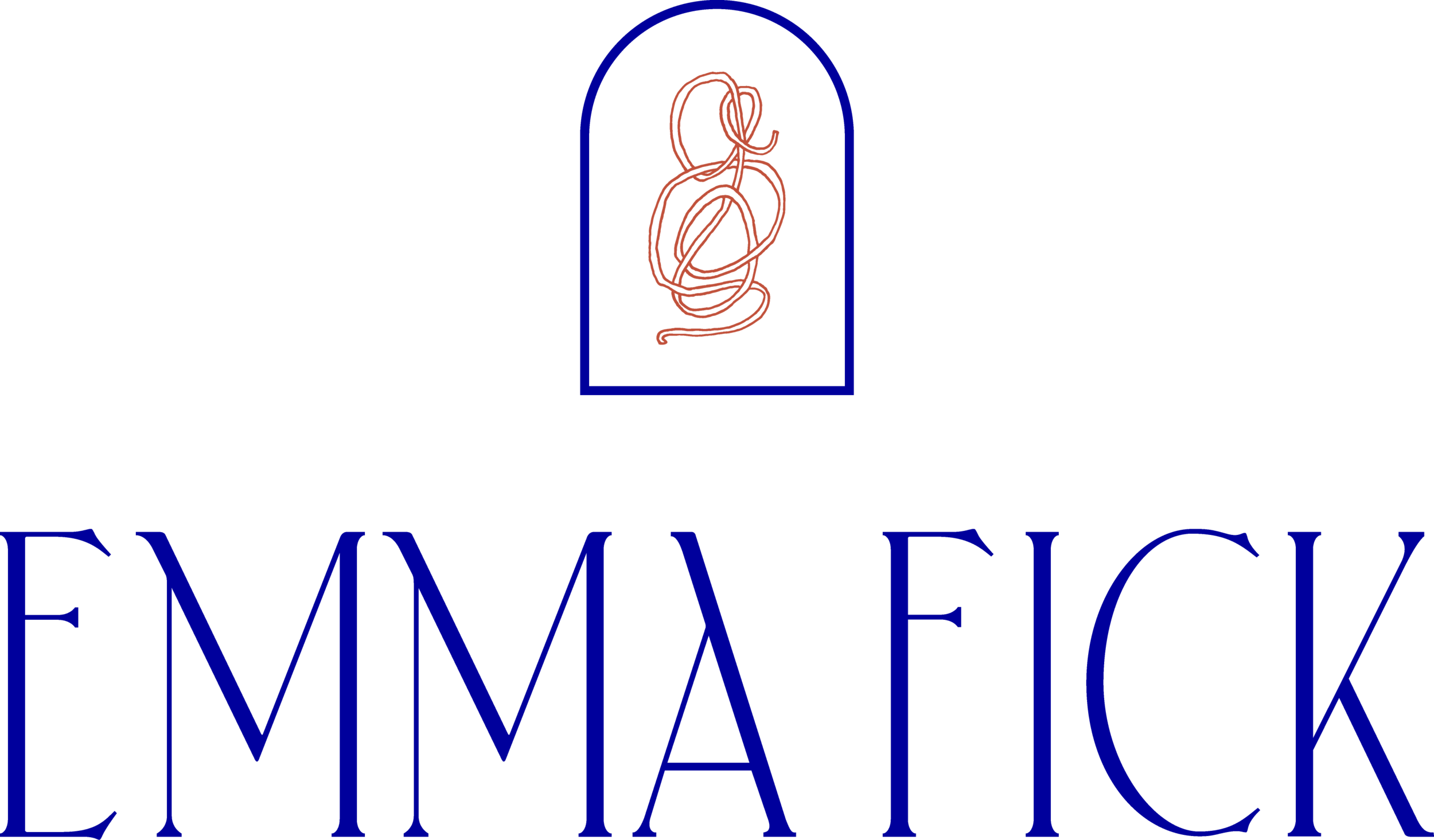Reliquary 37


Reliquary 37
Printed on archival, 100% cotton Hahnemühle Museum Etchings paper.
Unlimited edition. Each signed by the artist.
5x7" (paper dimensions only; print comes unframed and un-matted).
Original: watercolor and ink on Arches cold-press paper, 2020/2021.
Special savings: get three 5x7” prints for $60! Follow this link to indulge in a set.
Flat rate $5 shipping. Sorry, orders within the US only please! If you’d like a quote for international shipping options, please send me a message.
CONCEPT:
I love hands: visually, symbolically, practically. They are the tools of my trade, the conduit through which I get things from my mind to the page. This series of hand-shaped reliquaries carries meaning on several levels: first is the holiness of the reliquary itself, how enclosure is visual shorthand for sanctity; second is the personal symbolism I employ within the reliquaries, in this case red thread, needles, and occasionally seeds; and third is the form of the reliquaries themselves, the significance of hands.
A reliquary is, put simply, a container for relics (the physical, often bodily remains of a holy person). Though reliquaries exist across various religions, these paintings were inspired by Christian reliquaries, specifically from the Catholic church. I love the idea that something so prosaic (and occasionally grotesque)– a bit of hair, a fingernail, a scrap of cloth, a finger bone—becomes something exquisite when encased in these elaborate, gem-encrusted containers.
I spend a lot of time thinking about how cultures visually communicate holiness, what means we use to elevate one object or human being above the rest, the ways in which we communicate their sanctity without words. Over the years, I've done some amateur comparative art history fused with a bit of comparative religious studies and have become fixated on certain recurring themes. Enclosing an object, elevating it, assigning it certain colors: all are tactics repeatedly used in art (especially religious art) to indicate divinity and sanctity.
For instance, the halo, such a universally recognized symbol of the divine in Western culture, is quite literally drawing a circle. It's akin to circling a spot on a city map that we might want to visit, or circling a best friend’s photo in a yearbook: this, the circle says, is more important than the others. We observe the same underlying principle in the Ancient Egyptian cartouche, which was exclusively used by Pharaohs: a set of hieroglyphs enclosed by an oval with a line underneath denoting the elevated status of the name within. It's a shorthand of sorts: when we encounter a circle around something, whether in ancient religious iconography or modern daily life, whether around a saint’s head or on our own grocery store list, we know immediately that what lies within is important.
If we think of circling something as a two-dimensional means of denoting holiness, its three-dimensional counterpart is enclosure. In Thailand, I became interested in the culture of niches and amulet chests. I loved seeing how small Buddha amulets, coins, and other precious religious objects were housed in many-pocketed amulet display cases. Each object had its own special niche, its own spot, enclosed on all sides-- circled, you might say-- and visible from the front. And yet a further step of three-dimensional circling comes in the form of complete enclosure: Eastern Orthodox reliquaries, Buddhist stupas, some Hindu shrines, the Jewish ark that holds the Torah, and so on.
In 2017 and 2018, I completed a series of niche-centric paintings inspired by amulet chests in Thailand and Southeast Asia more broadly, placing elements from the Louisiana landscape into each niche. In this new series, I turn my focus to reliquaries, designating red thread as a symbol of resourcefulness and resilience, a holy relic for my secular, modern-day life. I began painting reliquaries in earnest in the midst of the pandemic, when I needed resourcefulness and resilience more than ever. There is a long history of hand-shaped reliquaries in the Catholic church: I first came across a collection of them in 2015 at a museum in Zadar, Croatia. Those hand reliquaries, all reaching skyward, each holding an arm or finger bone of a saint, often visible through a glass panel in the front, have stayed with me ever since. In 2020, when I needed them most, I knew just which relics to put inside.
